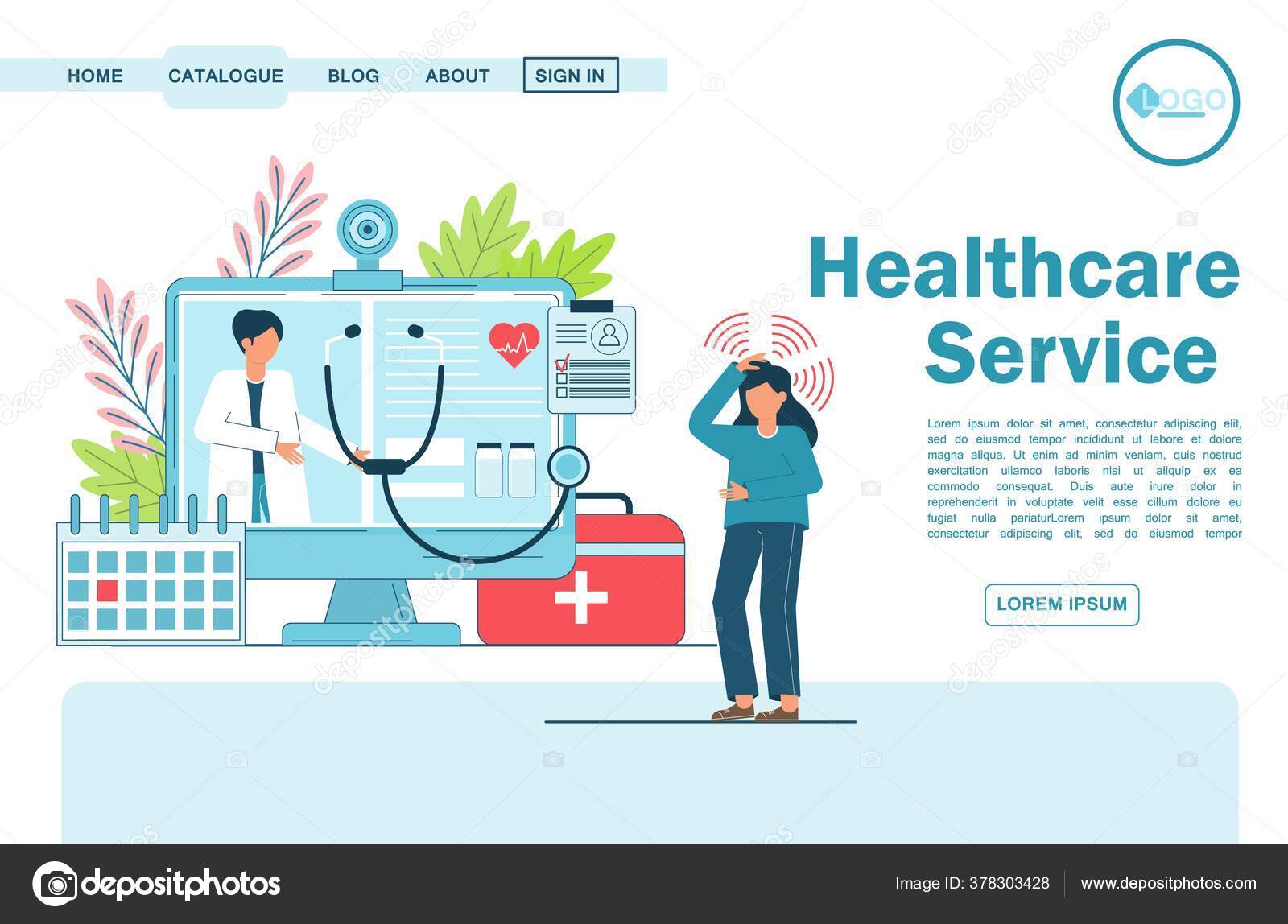How Subscription Based Healthcare is Revolutionizing Patient Access to Services
How Subscription Based Healthcare is Revolutionizing Patient Access to Services
Blog Article
Comprehending the Cost-Effectiveness of Subscription-Based Health Care Models
As the medical care landscape develops, subscription-based designs emerge as an engaging alternative, guaranteeing to redefine exactly how people manage clinical expenditures. Examining these versions' cost-effectiveness requires a nuanced contrast with typical insurance coverage, considering both monetary effects and person complete satisfaction.
Review of Subscription-Based Designs
Subscription-based healthcare models, occasionally referred to as direct primary treatment or concierge medication, are increasingly gaining attention as a possible option to inadequacies within conventional medical care systems. These versions operate the concept of offering individuals straight accessibility to healthcare providers through a regular monthly or yearly charge, bypassing the demand for typical insurance coverage mechanisms. This setup intends to streamline patient-provider communications by lowering administrative problems, which commonly prevent prompt and individualized care.
At the core of subscription-based versions is the focus on a much more tailored patient experience. Patients gain from boosted accessibility to their physicians, commonly consisting of same-day or next-day consultations, expanded examination times, and direct communication channels such as phone or video clip telephone calls. This version promotes a positive approach to healthcare, where suppliers and people can collaboratively focus on preventative treatment and persistent disease management.

Expense Contrast With Traditional Insurance Coverage

One of the main economic advantages of membership versions is openness in expenses. Conversely, traditional insurance coverage may be extra beneficial for people needing specialized treatment or expensive therapies not covered under a subscription version, as they profit from the wider insurance coverage network and cost-sharing mechanisms.
Nevertheless, cost-effectiveness is context-dependent. While membership models may supply cost savings for those largely needing primary care, individuals with persistent problems or specialized health care needs may find typical insurance policy extra detailed. Assessing specific healthcare requirements and prospective usage is important in identifying the most affordable option for individuals.
Impact on Client Fulfillment
Person contentment within subscription-based healthcare versions often shows a considerable improvement over standard insurance coverage systems. This improvement is mostly associated to the individualized treatment and access these models supply. Individuals often report greater fulfillment because of reduced delay times and the simplicity of organizing visits. Unlike traditional systems, where individuals may experience delays in receiving treatment, subscription-based versions make sure more prompt and straight interactions with health care service providers.
Moreover, the openness in prices linked with subscription-based next healthcare minimizes the common frustrations connected to unexpected charges and intricate payment processes seen in conventional insurance coverage (subscription based healthcare). Clients appreciate understanding the precise financial commitment upfront, leading to enhanced trust fund and self-confidence in their healthcare monitoring
Additionally, the emphasis on preventive treatment and wellness in membership models adds to improved wellness end results, better improving client satisfaction. By concentrating on ongoing health care rather than episodic treatment, people experience a more all natural and constant healthcare trip.
Furthermore, the improved provider-patient partnership promoted in these versions, identified by more time spent per person and tailored interest, plays an essential function in elevating person complete satisfaction levels, as people feel genuinely cared for and understood.
Provider Perspectives and Experiences
From the service provider's point of view, subscription-based medical care versions offer a transformative technique to delivering clinical services. These models emphasize a preventative and proactive health care method, enabling service providers to concentrate on thorough person treatment without the restraints of standard fee-for-service setups (subscription based healthcare). This shift in emphasis often leads to improved client end results and boosted supplier complete satisfaction, as medical care experts can assign more time and sources to client engagement and personalized care plans
Additionally, subscription versions promote foreseeable profits streams, which enhance economic security for doctor. This predictability enables enhanced resource planning and allowance, adding to a more efficient health care shipment system. Carriers can invest in personnel framework, training, and technology renovations, therefore improving the quality of treatment check that provided.
Nonetheless, the change to subscription-based designs is not without obstacles. Companies should adjust to brand-new operational structures, which can involve significant changes in billing methods and person monitoring systems. Furthermore, there is an integral requirement for robust data monitoring to track client outcomes and ensure quality care. In spite of these difficulties, many carriers locate that the benefits of raised person communication and streamlined operations outweigh the initial difficulties, making subscription-based models an appealing option.
Future Leads and Obstacles

A main obstacle is governing conformity, as membership models need to comply with developing healthcare plans and insurance coverage requirements. This requires continual adaptation and development to ensure alignment with legal requirements. In addition, integrating these designs right into existing medical care frameworks can be complex, needing substantial financial investments in innovation and training.
There is additionally the possible threat of developing inequities in health care access, as subscription designs may prefer those who can manage them, leaving prone populations underserved. Addressing this needs thoughtful factor to consider of prices techniques and subsidy mechanisms to make sure inclusivity.
Conclusion
Subscription-based health care models offer a viable alternative to traditional insurance policy by supplying economic predictability and transparency, particularly profiting individuals with persistent problems or frequent medical care demands. The cost-effectiveness of these versions is contingent upon specific healthcare use patterns and conditions. While they may improve individual complete satisfaction and streamline budgeting, difficulties stay in attending to specialized care demands. Future factors to consider include balancing detailed coverage with cost and incorporating these designs within the more comprehensive healthcare system for ideal end results.
Subscription-based medical care versions, sometimes referred to as direct primary treatment or attendant medication, are progressively acquiring attention as a possible remedy to ineffectiveness within conventional healthcare systems. Unlike traditional systems, where patients could experience delays in receiving treatment, subscription-based versions make sure even more timely and straight interactions with healthcare suppliers.
These versions highlight a preventative and proactive health care approach, enabling carriers to focus on extensive person care without the constraints of typical fee-for-service arrangements. As these models continue to get grip, they supply the prospective to transform individual accessibility to care, streamline solution shipment, and optimize health care spending.Subscription-based healthcare designs present a sensible choice to traditional insurance by providing monetary Going Here predictability and openness, specifically profiting people with chronic conditions or constant medical care demands.
Report this page